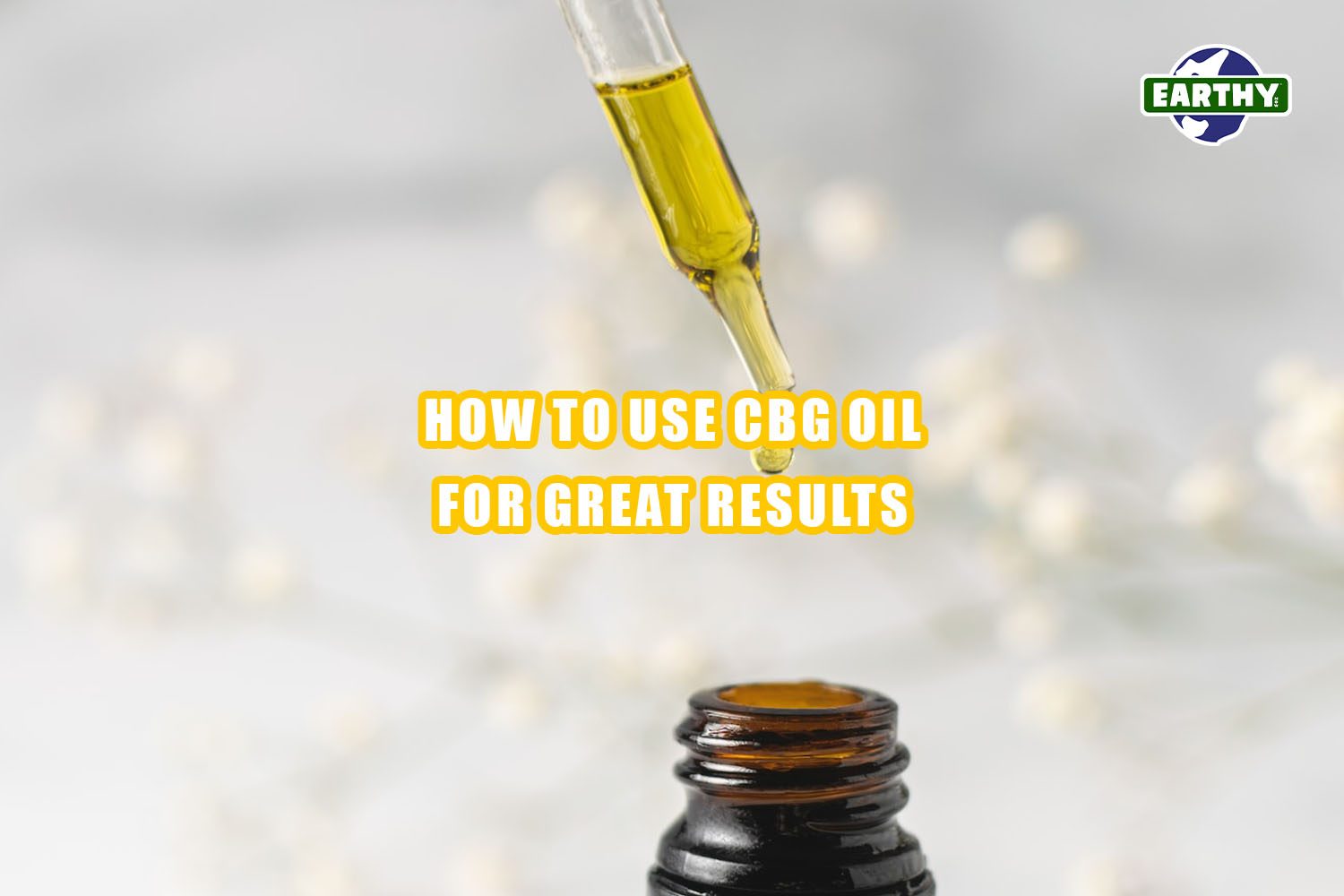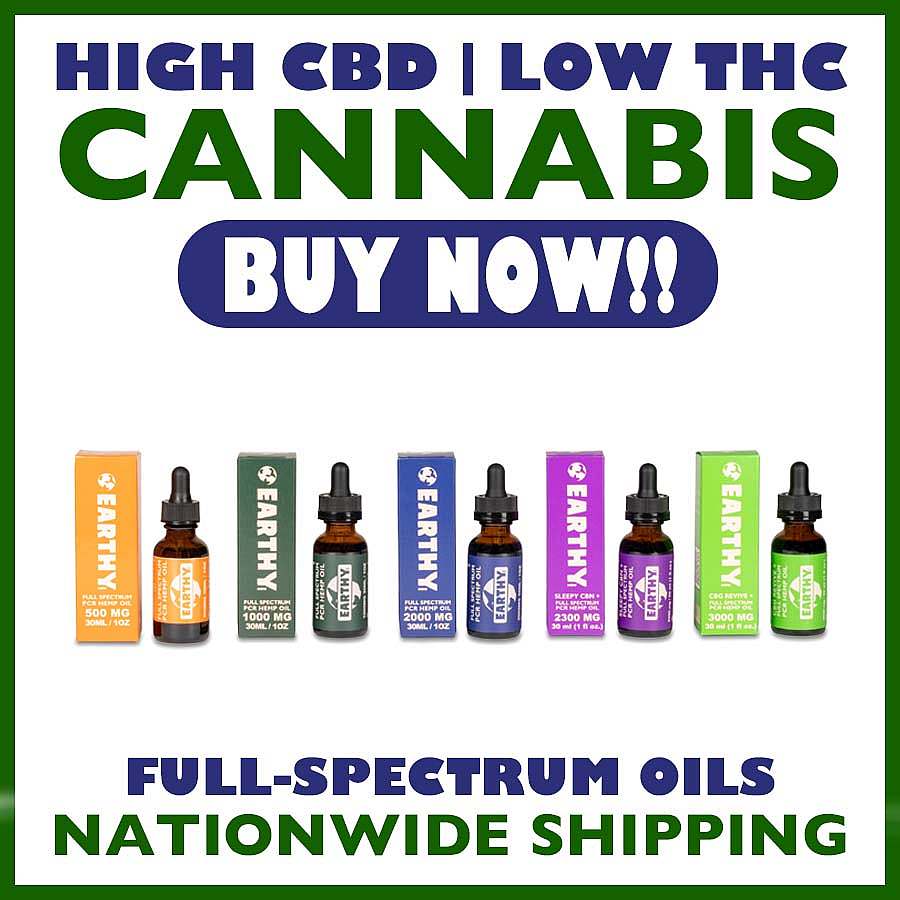As you navigate the benefits of CBG oil, you may be surprised to find that the method you use to consume it makes a big difference to the outcome. For instance, placing it in specific areas of your mouth will affect absorption rates, onset, duration, effects, and overall intensity. Keep reading for the inside scoop on how to get the best CBG oil experience.
What is CBG?
CBG (cannabigerol) is a type of cannabinoid obtained from the cannabis plant. Though it’s not as well-known or popular as CBD, it’s sometimes referred to as the “mother of all cannabinoids” because other cannabinoids are derived from cannabigerolic acid (CBGA), an acidic form of CBG [1].
Found in smaller quantities in cannabis than most other cannabinoids, CBG makes up only 1% of many cannabis strains. In contrast, many strains boast 20% or 25% CBD [1].
The scarcity of the CBG makes products derived from this cannabinoid harder to come by and sometimes expensive. However, the demand for CBG is rising due to its many potential benefits.
Benefits of CBG products
CBG is a promising compound of the cannabis plant with a wide range of potential benefits. However, more research is needed to fully understand its secrets because it has not yet been exhaustively studied.
CBG’s effects will vary depending on the individual, and many people have anecdotally shared their own experiences and report finding relief. Certain studies have even found promising results in areas of medical benefits from CBG, but more extensive clinical research is needed to be conclusive [2].
While some people claim to take CBG oil to help alleviate pain, these effects have not been fully backed by scientific studies as of yet. Still, the interplay among cannabinoids, terpenes, and flavonoids may bolster the effects of the cannabinoid through the entourage effect if the CBG oil is consumed via full-spectrum or broad-spectrum cannabis products.
The entourage effect is a factor when consuming full-spectrum CBG oil and perhaps to a lesser extent with broad-spectrum products. For instance, taking CBD and CBG together may enhance the effects of each cannibinoid.
CBG is non-psychoactive, so it won’t make you feel “high.” That said, cannabinoids like CBG can make us feel better in more subtle ways. For example, some CBG fans describe the feeling as uplifting, energizing, or stimulating.
Learn more in the Guide to CBG and CBN
What is the body’s endocannabinoid system?
Many of us have heard of chemical transmitter systems like the central nervous system, yet fewer have heard of the more recently discovered endocannabinoid system (ECS). Critical for almost every aspect of our functioning, the ECS has a unique relationship with the cannabis plant [3].
Affecting our perceptions, the ECS is a complex network of chemical signals and receptors that operates throughout the human brain and body. The “cannabinoid” receptors (including CB1 and CB2 receptors) are stimulated by cannabinoids: either endocannabinoids (made by our body) or phytocannabinoids (made by plants).
Each type influences our bodily functions by influencing neural activity and adjusting things like hunger, temperature, or alertness. CB1 receptors mediate most of the psychoactive effects of certain cannabinoids (when applicable), whereas CB2 receptors seem to be principally involved in anti-inflammatory and immunosuppressive responses [4].
In the ECS, our natural receptors are stimulated by endocannabinoids, molecules that have a structural similarity to molecules in the cannabis plant. These tiny cannabis-like molecules are present throughout our brains and bodies, affecting our sensations and perceptions.
Likewise, the effects of the cannabis plant occur when cannabis phytocannabinoids essentially stimulate our bodies’ ancient cellular machinery and engage with the cannabinoid receptors. CBD, THC, and CBN are only three of the hundreds of cannabinoids in the cannabis plant that interact with the ECS when they are consumed [3].
How to Use CBG Gummies: Helpful Tips
What’s the difference between CBG and CBD?
Like cannabidiol (CBD), CBG is a cannabinoid derived from cannabis. Both cannabinoids work in non-psychoactive ways in the ECS and can be found in either the hemp plant or marijuana plant. So what’s the difference?
In essence, CBG is the precursor for other cannabinoids. For example, CBG-A, the acidic form of CBG, breaks down when heated. At this point, it forms other cannabinoids such as CBD, tetrahydrocannabinol (THC), and cannabichromene (CBC).
While there is abundant research on CBD, CBG research is far more scarce. Nevertheless, scientists understand at least the basics of how the two interact differently in the ECS. They’ve found that CBD has a relatively low affinity in relation to cannabinoid receptors than CBG and interacts mostly with the ECS indirectly. CBG, on the other hand, is thought to interact more directly with the CB1 and CB2 receptors in the body’s ECS [5].
Learn more about CBD in our Guide to CBD
Does CBG get you high?
CBG does not get you “high” in and of itself. However, if the cannabis plant or products that you consume are full spectrum (such as cannabis oil or cannabis gummies), you may experience mood-altering effects.
CBG Gummies Review: Best CBG Gummies
Hemp-derived freedom
Cannabis plants are considered either hemp or marijuana based on their level of THC. Thus, the term “hemp-derived” indicates that a given product is made from hemp— sometimes called industrial hemp.
The 2018 Farm Bill (see next section) established new federal legal definitions and rules for hemp. In short, the definition includes the hemp plant and “any part of that plant, including the seeds thereof and all derivatives, extracts, cannabinoids, isomers, acids, salts, and salts of isomers, whether growing or not, with a delta-9 tetrahydrocannabinol concentration of not more than 0.3 percent on a dry weight basis” may be used for production, sales, transport, and use.
Hemp plant derivatives include cannabinoids like CBN, CBD, Delta-8 THC, Delta-9 THC, and Delta-10 THC. These and other cannabinoids are federally compliant for use in myriad products—including oils— when their percentages contain less than 0.3 THC [6].
Is CBG oil legal?
The short answer is yes. For many years in the U.S., cannabis was illegal according to federal law, whether or not it contained Delta-9 THC: the main psychoactive chemical that occurs naturally in the plant. In the 2010s, the United States Congress enacted two major pieces of legislation known as the Farm Bills.
These Bills recognized that hemp with very low Delta-9 THC concentration is distinct from higher-THC cannabis, and removed it from the DEA’s schedule of controlled substances. In addition to the hemp plant, hemp extracts and hemp derived products are also allowed by the Farm Bills [6].
Thus, CBG products extracted from hemp, including CBG oil, comply with federal laws.
Hemp farming in the USA
After the 2014 Farm Bill removed hemp from the Drug Enforcement Agency (DEA) list of Schedule 1 substances, hemp had a commercial resurgence. The Bill made hemp federally legal and allowed long-forbidden research into hemp-derived cannabinoids to begin in earnest.
Expanding on the 2014 Farm Bill, the 2018 Farm Bill allowed Americans to produce, sell, and consume hemp-derived products, making it clear to legal experts that all other plant materials and substances derived from legally-defined hemp (including cannabinoids such as CBD and CBN) are also federally-compliant [7].
Since then, federal legislation defines cannabis plants with less than 0.3% of Delta-9 THC per dry weight as hemp plants and allows hemp production and consumption in all 50 states. On the other hand, a plant with more than 0.3% Delta-9 THC per dry weight is defined as marijuana, which federal law still treats as a controlled substance on the DEA’s Schedule 1 list.
Nonetheless, many states now allow medical use and/or adult recreational use of marijuana containing much more than 0.3% Delta-9 THC.
Is hemp a controlled substance like marijuana?
The simple answer is no. Hemp is no longer a controlled substance in the US. The Farm Bill, drafted by the federal government, uses this definition:
Hemp–The term `hemp’ means the plant Cannabis sativa L. and any part of that plant, including the seeds thereof and all derivatives, extracts, cannabinoids, isomers, acids, salts, and salts of isomers, whether growing or not, with a delta-9 tetrahydrocannabinol concentration of not more than 0.3 percent on a dry weight basis [7].
Most states passed similar laws in the year or years following the Farm Bill’s enactment while adopting similar definitions of hemp. This resulted in the widespread commercialization of hemp products that are not considered controlled substances by the DEA at the federal level.
What’s the difference between broad-spectrum and full-spectrum?
Full-spectrum cannabis products utilize all of the cannabinoids and compounds of the cannabis plant, including up to 0.3% THC per dry weight. The entourage effect is believed to be related to the complete panoply of cannabis compounds working together.
In contrast, broad-spectrum products contain some or all of the same compounds as full-spectrum products, except for the THC [8].
When to consume CBG oil
Depending on personal preferences, a serving of CBG oil can be taken at any time and even multiple times per day to maintain a consistent level. Additionally, you can add CBG oil to foods or beverages as a convenient and delicious way to space out portions throughout your day.
There’s no bad time to take CBG, yet each person’s desired dosage and maintenance level is unique to their system. For many people, CBG has an uplifting quality that they feel is best enjoyed during the day or other times when increased energy is desired.
Given its notoriety for energizing the spirit, CBG oil is a great addition to a workout, dance, or hike. To give the cannabinoid time to engage with the ECS before your anticipated activity, a good guideline for when to consume CBG oil is about 30 to 60 minutes before you hope to experience the effects.
Maintaining optimal CBG levels
To find the correct level of CBG for you, start low and go slow. This way, you can increase the dosage gradually until you find the level your body benefits from. Again, the amounts and frequency of CBG needed will differ for different individuals.
A good starting place is to take small amounts at well-spaced intervals. Then, gradually build up the amount as time goes by to find the best dosage for you.
Consumption methods for CBG
CBG can be consumed as a part of cannabis or hemp flowers or extracted and added to other products. An easy way to consume CBG is to use CBG oil. You may have heard of CBD oil already, and CBG oil is similar, but it’s made with CBG of course.
Let’s explore how you can consume CBG oil and how these consumption methods affect your experience.
How to consume CBG oil
Though using CBG oil directly may be the easiest and most effective method, you may also enjoy adding the oil to your food, or applying it to your skin in topical CBG products.
Most bioavailable consumption method: sublingual and buccal administration
Sublingual and buccal are two methods of administering CBG by mouth to achieve faster and stronger effects. Sublingual administration involves placing drops under the tongue for at least 60 seconds, which are then absorbed directly into the bloodstream through the tissue.
Buccal administration involves placing drops between your gums and cheek, where they are absorbed likewise. In contrast, if you don’t hold the oil under your tongue or between your cheek and gum for at least 60 seconds, more of the CBG oil that is swallowed may be digested by the liver before entering the bloodstream, potentially causing a less potent effect [9]. Therefore, using the sublingual or buccal methods will likely yield better effects.
This practice doesn’t mean you have to put the oil directly under your tongue or in your cheek (but it helps). You can let it dissolve fully in your mouth to get much of the optimal effects. Nonetheless, the areas under the tongue and the cheeks can absorb various active substances into the bloodstream more readily.
Thus, when you let it dissolve this way, the CBG can enter your bloodstream and metabolize faster than if it goes through your digestive system. Still, it’s perfectly fine to swallow the oil. Just know that the timing and strength of the CBG effects may be more variable.
How much CBG oil should I take?
While products generally have suggested CBG dosage guidelines listed on each package, the strength of the effects on a particular person will differ depending on a few things: the dosage level, body weight, food or other substances in the system, and personal body chemistry.
Generally speaking, it is recommended that you start with the lowest dose and gradually increase it until you reach satisfactory results.
Newer users can easily have a lighter dose by taking half or a quarter as much as the recommended dosage. More experienced users can take more for stronger results. Finding your personal preference is the key.
Final thought on using CBG oil
You don’t have to be a cannabis aficionado to enjoy lesser-known cannabinoids like CBG. With the growing popularity and availability of CBG oil, even inexperienced cannabis consumers—who might not have encountered CBG oil yet—have the opportunity to experience its unique benefits. All you need is a little inside knowledge about how best to use CBG oil, and you’re off to the races. Ready to try it? Check out Earthy Now’s premium CBG Revive Oil featuring organic ingredients and potent CBG.
The Difference Between CBD, CBG, and CBN: Exploring Cannabinoids for Wellness
Medical Disclaimer / Legal Disclaimer – Information is provided for educational purposes. It does not and is not intended to constitute legal advice or medical advice. We attempt to be accurate and up-to-date, but the legality of cannabinoids and the science of cannabis are evolving. The author is neither a legal professional nor a medical expert. Before buying or using any products, you should check with your local authorities and medical providers.
References
- Cannabigerol (CBG) Uses and Benefits
- CBG Oil Potential Benefits
- The Endocannabinoid System Essential and Mysterious
- CB1-CB2 Cannabinoid Receptors
- Cannabis Science: Difference Between CBD & CBG
- Hia Position Statement on Delta-8 and Hemp Cannabinoids
- Congressional Testimony – Hemp Production and 2018 Farm Bill
- Full-spectrum vs Broad-spectrum CBD
- Sublingual Buccal Oromucosal Oral Administration
- Can You Overdose on CBG? How Much is Too Much?





